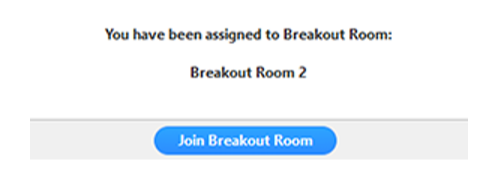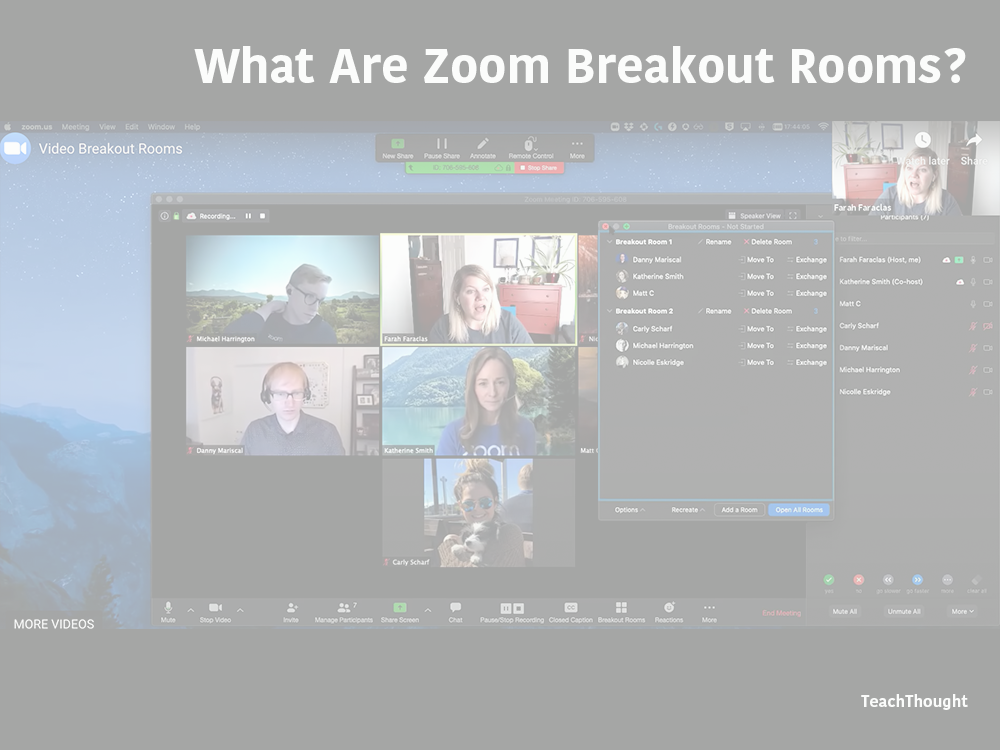

You can admit each participant individually or all participants at once. Enable Waiting Rooms: Waiting Roomsprevent participants from joining a meeting automatically are enabled by default for those enrolled in our K-12 program.You can also manually approve each registrant to help evaluate who will attend your class.


To help you decide which is better for you, check out this side-by-side feature comparison of our licensed meetings and webinar accounts:Ģ. Webinars are great for online lectures where students can listen, view content, and submit questions via the Q&A feature. Meetings can be useful for a hands-on, collaborative classroom environment where students can engage directly with the content being shared and with each other. Instead of interacting over video and audio, webinar attendees interact with the host and each other via the Q&A and chat panel. Webinars give you more power to manage the audience.Meetings are designed to be highly collaborative, giving attendees the ability to use audio and video, share their screen, and annotate in a live, interactive environment.However, meetings and webinars have key differences: Should I use Zoom Meetings or Zoom Video Webinars to host my class or event?īoth meetings and webinars are great ways to connect and engage with large audiences and even collect valuable insights by requiring registration. This article is intended to serve as a guide for determining which type of license add-on you will need to purchase. 1.0 - Authored on by Taneya Neal If you have the need to host a class or event that exceeds the standard Zoom Licensed capacity (300 meeting participants), you will need either a Zoom Large Meeting or Webinar add-on feature.


 0 kommentar(er)
0 kommentar(er)
